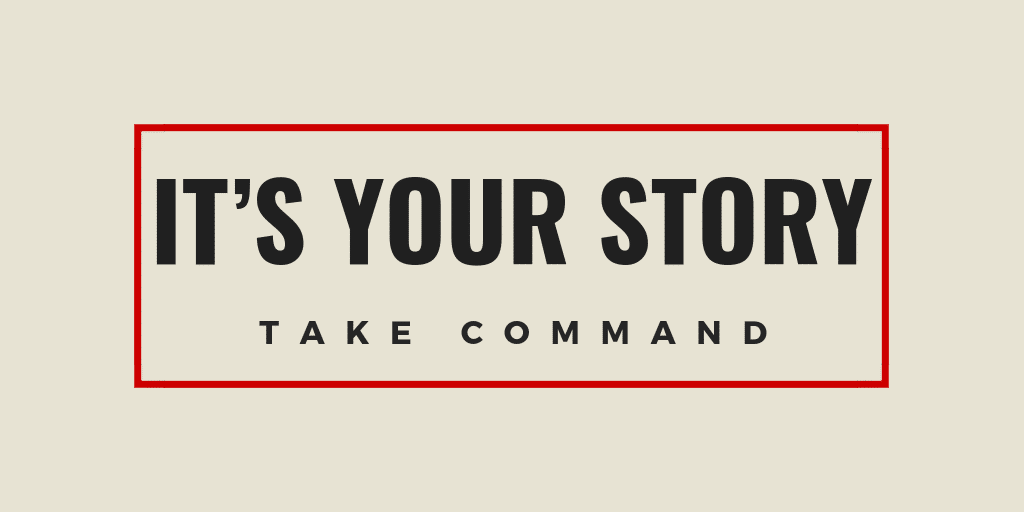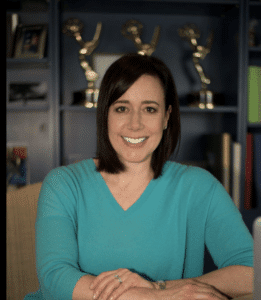
You’ve studied the subject matter, made your pitch, and landed the interview. You’ve done your research, rehearsed your questions, and are eager to show you know how to front a feature.
Now what?
You’re ready to go but to make the most of your story, follow these 10 tips for on-camera reporters!:

1. REMEMBER WHOSE STORY IT IS. Yes, you booked it. Yes, you’re the face of the network or outlet that green-lit it. But your job is to focus the viewer’s attention on the subject of your story. That means not distracting with too much of YOU. Let your subject shine.
2. SHORTER IS BETTER. Really, it is. It’s been said that “tape is cheap” – and these days, no one shoots on tape anyway – but there’s no need to conduct a three-hour interview for what will be a three-minute feature. At best, you’ve got so much material to cull through that you lose sight of your story. At worst, you’re wasting your subject’s time. While you may dream of a 5-part series or hour-long documentary, with attention span on the wane, unless you’ve been commissioned for a long-form feature (and ask what “long-form” means to your supervising producer), keep the consumer wanting more, not clicking elsewhere.
3. MAKE YOUR SUBJECT COMFORTABLE. I once conducted an interview about controversial treatments for menopause with a panel of four menopausal women. My audio engineer was sensitive to a small hum from the air-conditioning unit and so he shut it off. While I trusted his ear, I immediately lost my subjects as the room heated up. You don’t want to ask a panel of menopausal women about hot flashes in a room warm enough to induce them! Similarly, make sure the setup for your subject is conducive to a good interview. (No swivel chairs, ever!)
4. DON’T ADD INFORMATION TO – OR PERSONALIZE – YOUR QUESTIONS. Now is not the time to share your opinion or to demonstrate your knowledge of the subject with lengthy preambles that often give away the answer you’re seeking. Get in, get out. Ask direct and succinct questions to elicit compelling answers. Keep the focus on the answer.
Put your subject in story-telling mode to get a good story.
5. BUT… ASK OPEN-ENDED QUESTIONS. Prepare your question list and review it. Are any questions answerable with yes/no or other simple single-word answers? Unless you’ve got a key “gotcha” moment (“Did you order the Code Red?“), rewrite your questions to make them open-ended. Some ideas: “What steps did you take to achieve that?”, “How did it make you feel when…,” “Tell me what happened next…” Put your subject in story-telling mode to get a good story.
6. BE CONVERSATIONAL. You might have a list of questions you’ve created and rehearsed in order. But if one answer leads more logically to a question other than the one you intended to ask next, go with the flow and mix them up. Make a note of what you want to get back to but let the conversation lead in the most interesting direction, provided it’s worthy of inclusion.
7. BUT… BE SILENT WHEN YOUR SUBJECT IS TALKING. I worked for some time with a highly regarded and well-known on-air talent who had a habit of murmuring “Mmm-hmm” under her breath repeatedly during the interview. This may fall into the “be conversational” category but keep in mind you also need to be quiet! Your microphone will pick up every murmur, giggle or gasp you utter as well as any audible fidget or rustle of your hair. If any of these occur while your subject is giving you that soundbite you must have, you’ll be forced to try to EQ them out in post-production and sometimes they remain. Zip it!
8. SPEAKING OF SILENCE, DON’T FILL IT. Take a pause. Don’t jump right in with your next question. If your subject finishes a thought or pauses mid-sentence, he or she may continue – if you don’t. Acknowledge what they’ve said with a head nod or facial expression as appropriate and sit still. Count to 3 if you must. They may pick up where they left off or may need a small prompt – “Tell me more about that,” “What was that like?” – to give you the soundbite you’ve been waiting for. Move on too fast and you’ll miss it.
It’s not about you. It’s about your story!
9. LOOK GOOD, BUT SUIT YOUR SURROUNDINGS. My producing career was spent as I preferred it, decidedly behind the camera. So I can’t know the pressure young reporters feel, especially young women, to look camera-ready. What I can advise is what I’ve told many reporters and on-air talent I’ve worked with over the years. Look professional and keep your location in mind when considering attire formality. If you are doing a feature on a homeless veteran and shooting outside in a park, leave the heels behind and go easy on the styling. If you are interviewing skateboarders in shorts, rethink the suit. You want to look buttoned up without being distracting. When did everyone start sporting cocktails dresses at the ballpark? Remember, it’s not about you. It’s about your story.
10. LEAVE THE LOCATION AS YOU FOUND IT. Did you “borrow” plants from the hotel lobby to dress that empty conference room? Return them. Did you move furniture or use gaffer tape to hang blackout curtains over the windows? Put the room back as if you were never there. I once had a soundman who would unplug the refrigerator (that dreaded hum!) How would he remember to plug it back in? He’d leave his car keys inside the fridge. He couldn’t leave the house without his car and couldn’t get his keys without going to the refrigerator and that was all he needed to remember to plug the appliance back into its power source. I hate to think of the spoiled food left behind when he learned that lesson the hard way. And thank your subject for their time and willingness to interview, even if the interview topic was a contentious one.
And… a Bonus tip!
11. ALWAYS THANK YOUR CREW! I know you’ll thank your subject but take the time to also express appreciation for your crew whether they are fellow staffers or freelancers. Give credit where credit is due. This includes sending a thank you email with a link to the story, acknowledging their contribution. We are all only as good as those around us. Other pros will appreciate and share details of your professionalism and will want to continue to collaborate with you on other great stories.
Want more storytelling strategies? Read Successful Storytelling Made Simple, Mastering the Element of Surprise, and How to Create a Dramatic Arc (Without All the Drama!)

